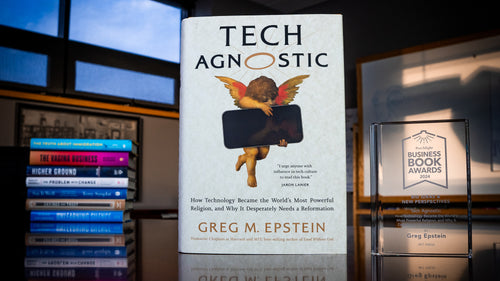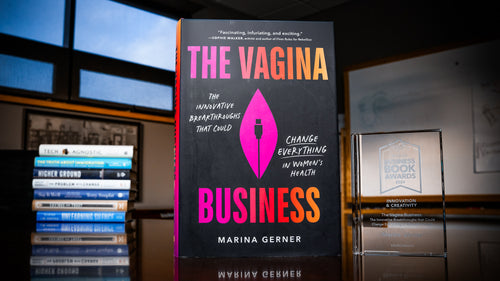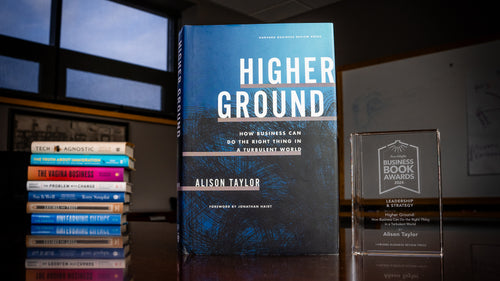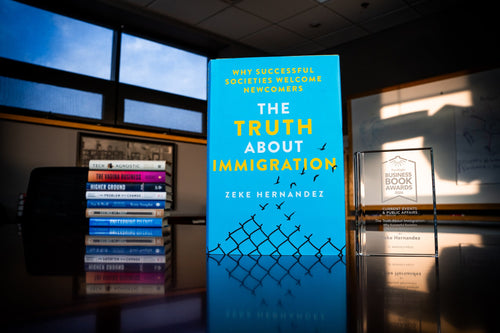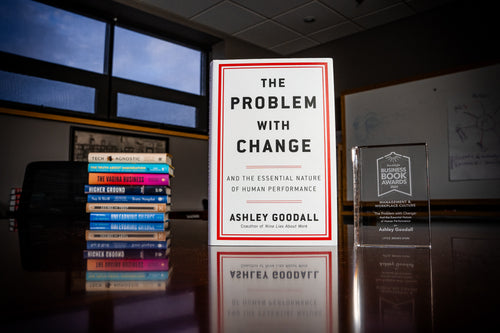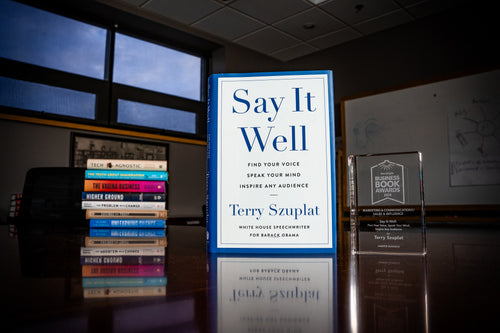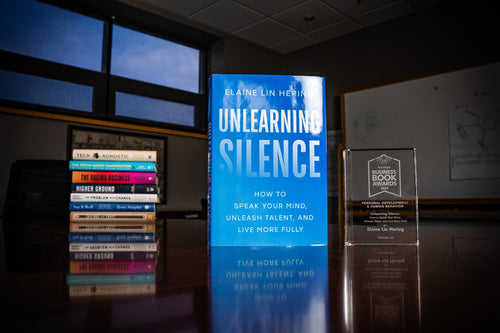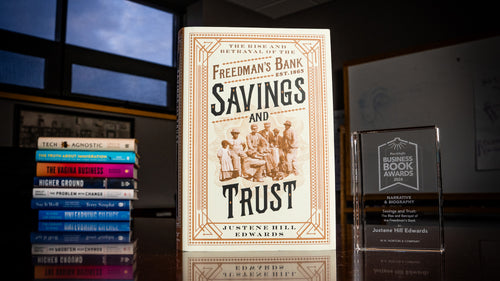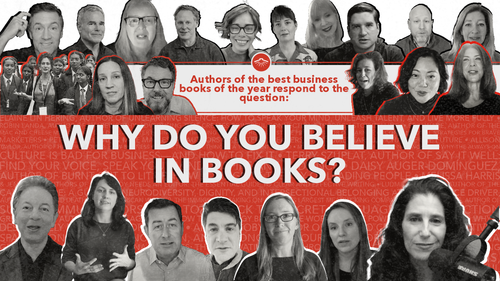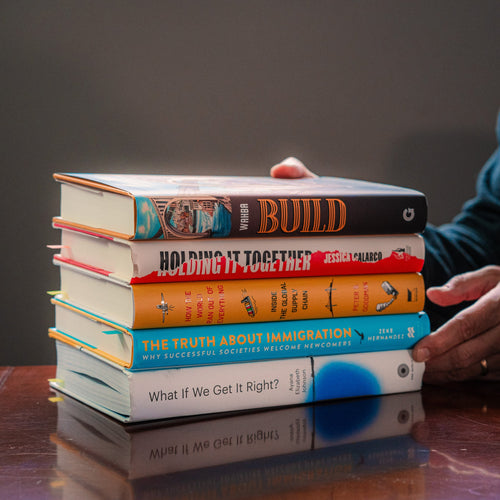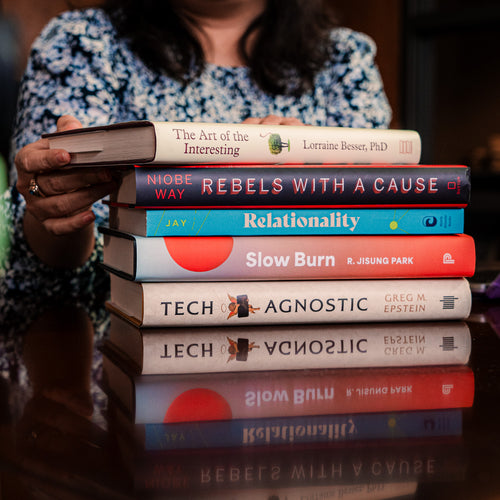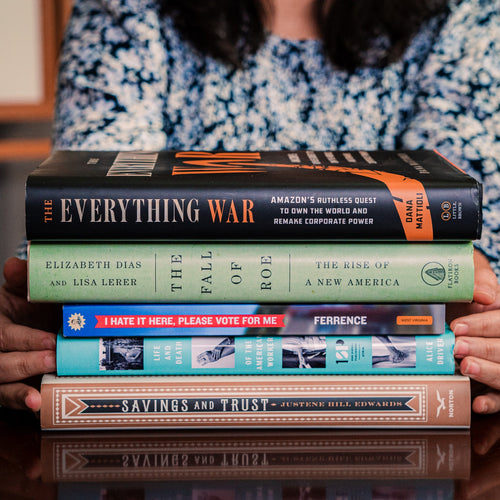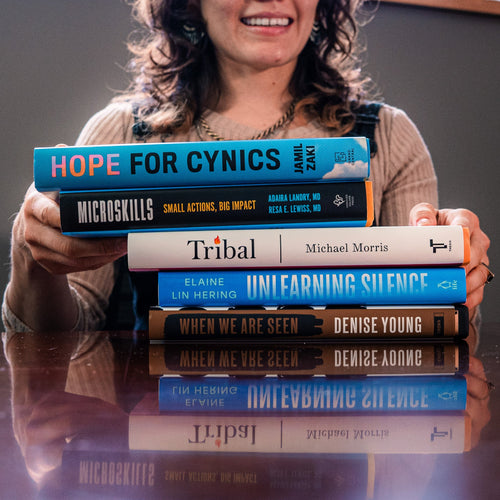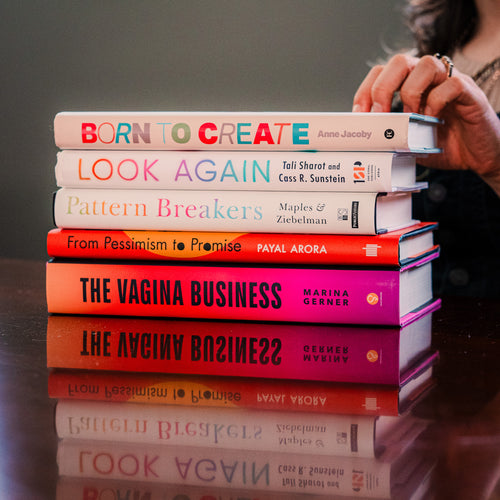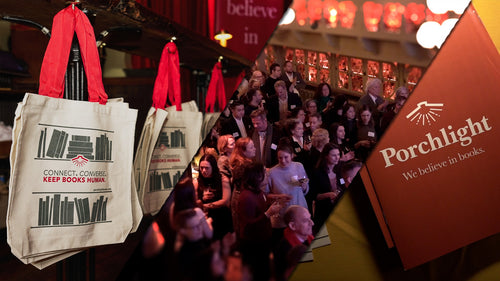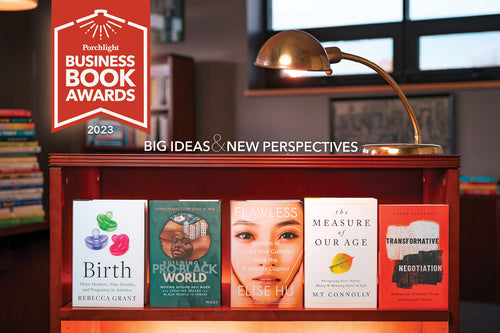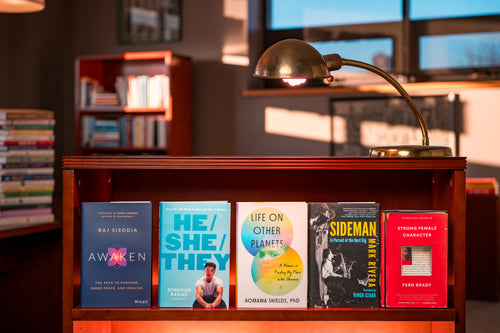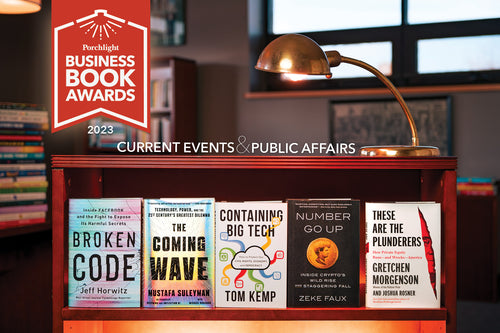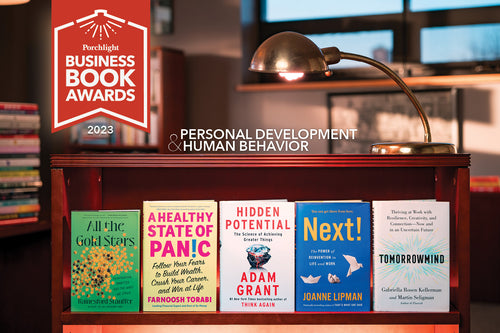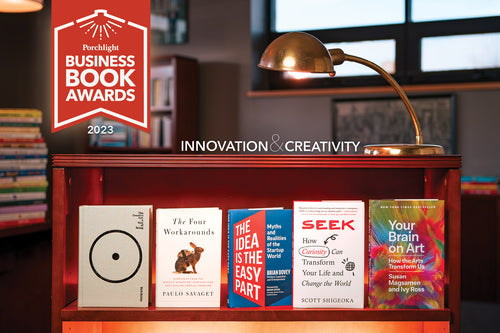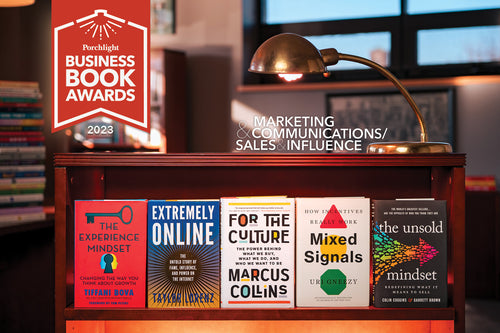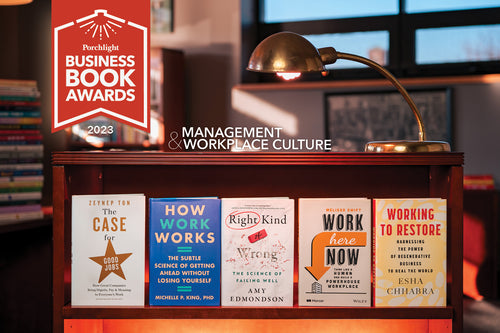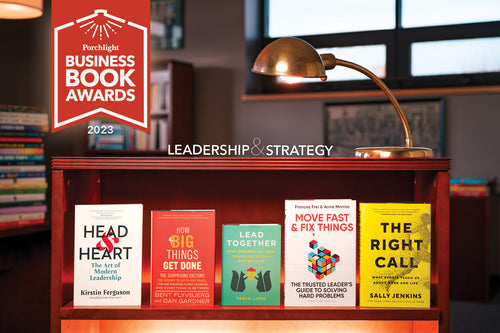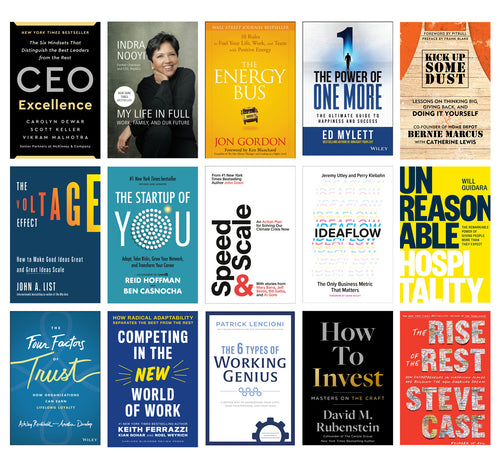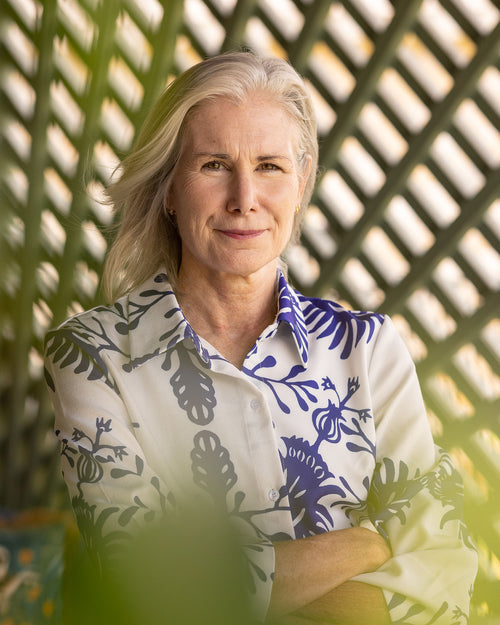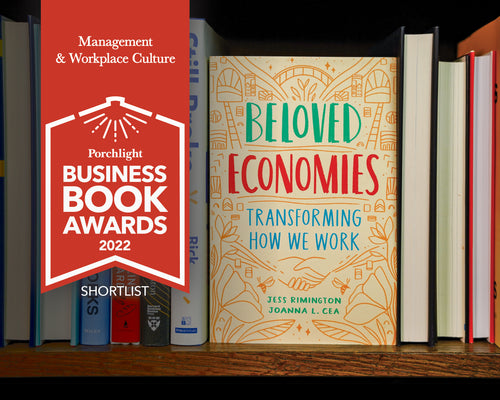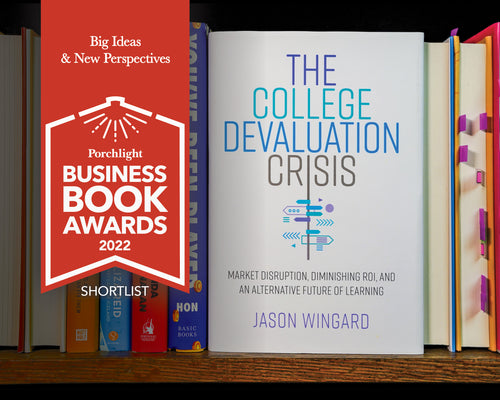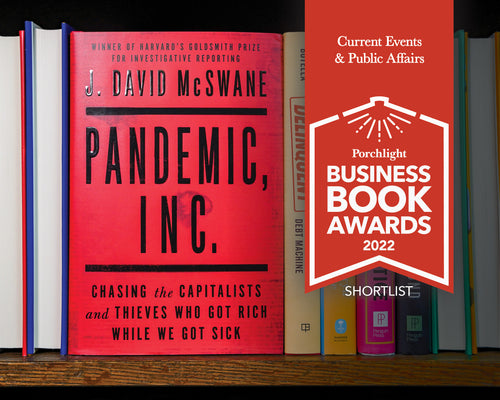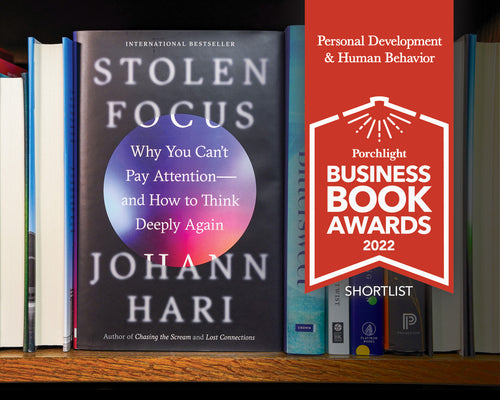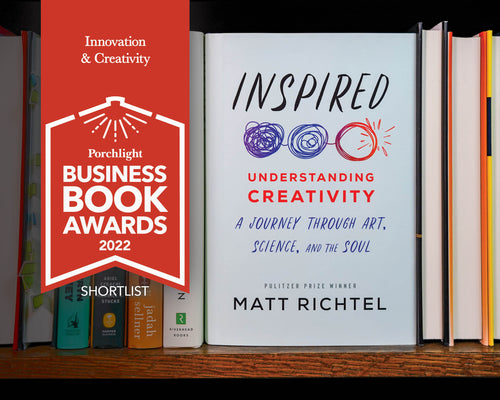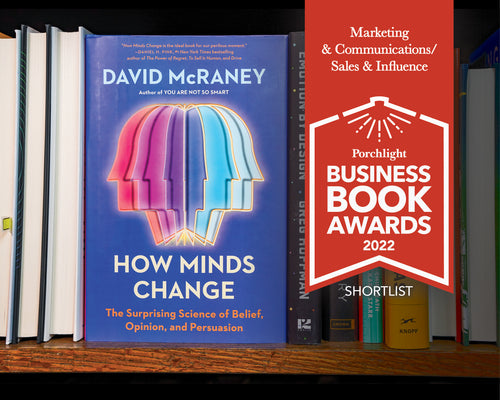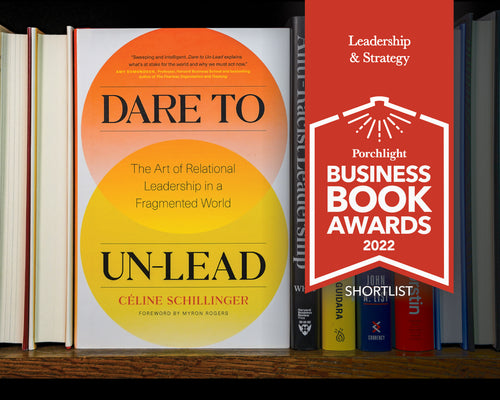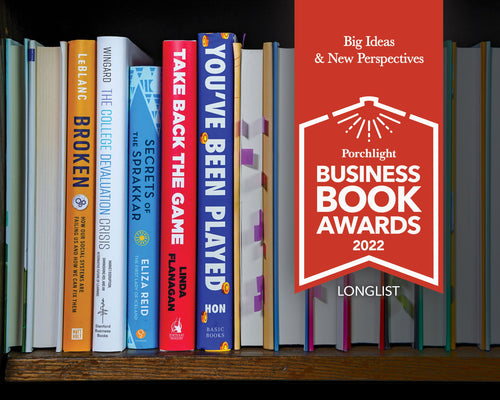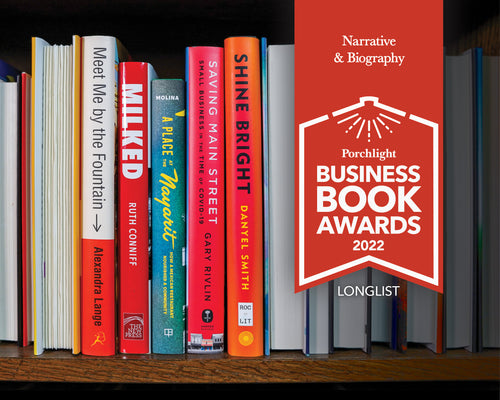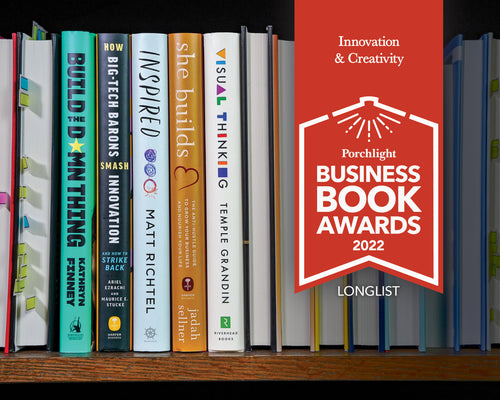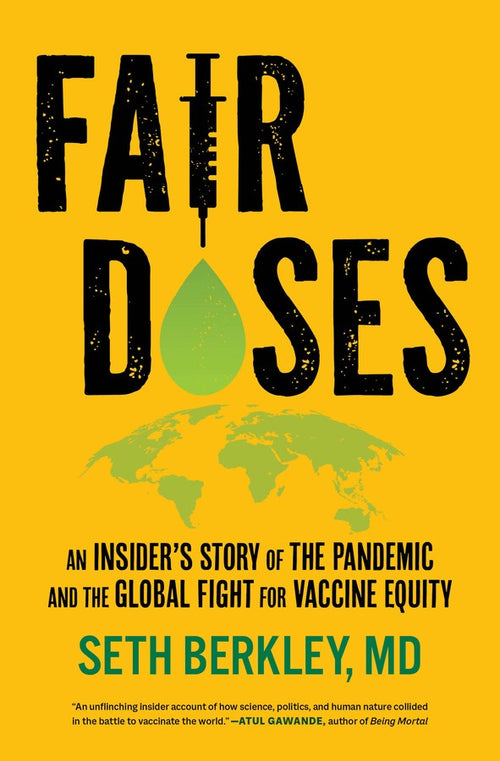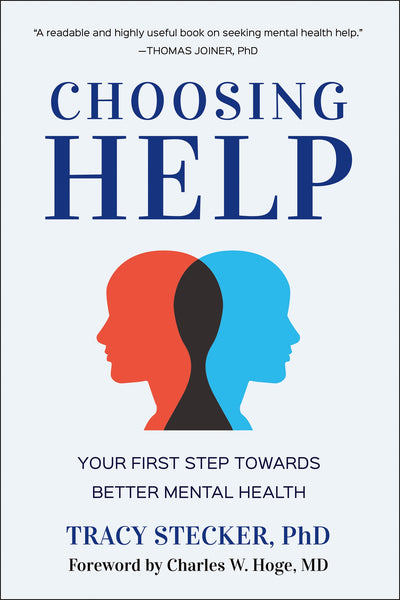Arriving Today | An Excerpt from the 2021 Porchlight Current Events & Public Affairs Book of the Year
The 2021 Porchlight Current Events & Public Affairs book of the year is Arriving Today: From Factory to Front Door—Why Everything Has Changed About How and What We Buy by Christopher Mims.
There is a great quote attributed to National Geographic photographer Jim Richardson that “If you want to be a better photographer, stand in front of more interesting stuff.” The same can be applied in a figurative sense to a great deal of nonfiction writing, as well. And just as some of the most interesting and revealing photographs come from seemingly mundane everyday scenes, the most revelatory writing is often buried in the unseen machinations or our everyday lives. So it is with Arriving Today by Christopher Mims.
We've all stood outside our front door to get a recently delivered package. What Christopher Mims has done is placed himself in front of and amidst the many people and incredible complexity of the effort that it took to get it there. It is a fascinating journey though the modern, global supply chain that he began just as the pandemic altered it, and our everyday lives, turning the heretofore arcane arena of supply chains and business logistics into one of the most talked about topics of the past year. Interesting stuff, indeed.
The excerpt below is from the book's Introduction.
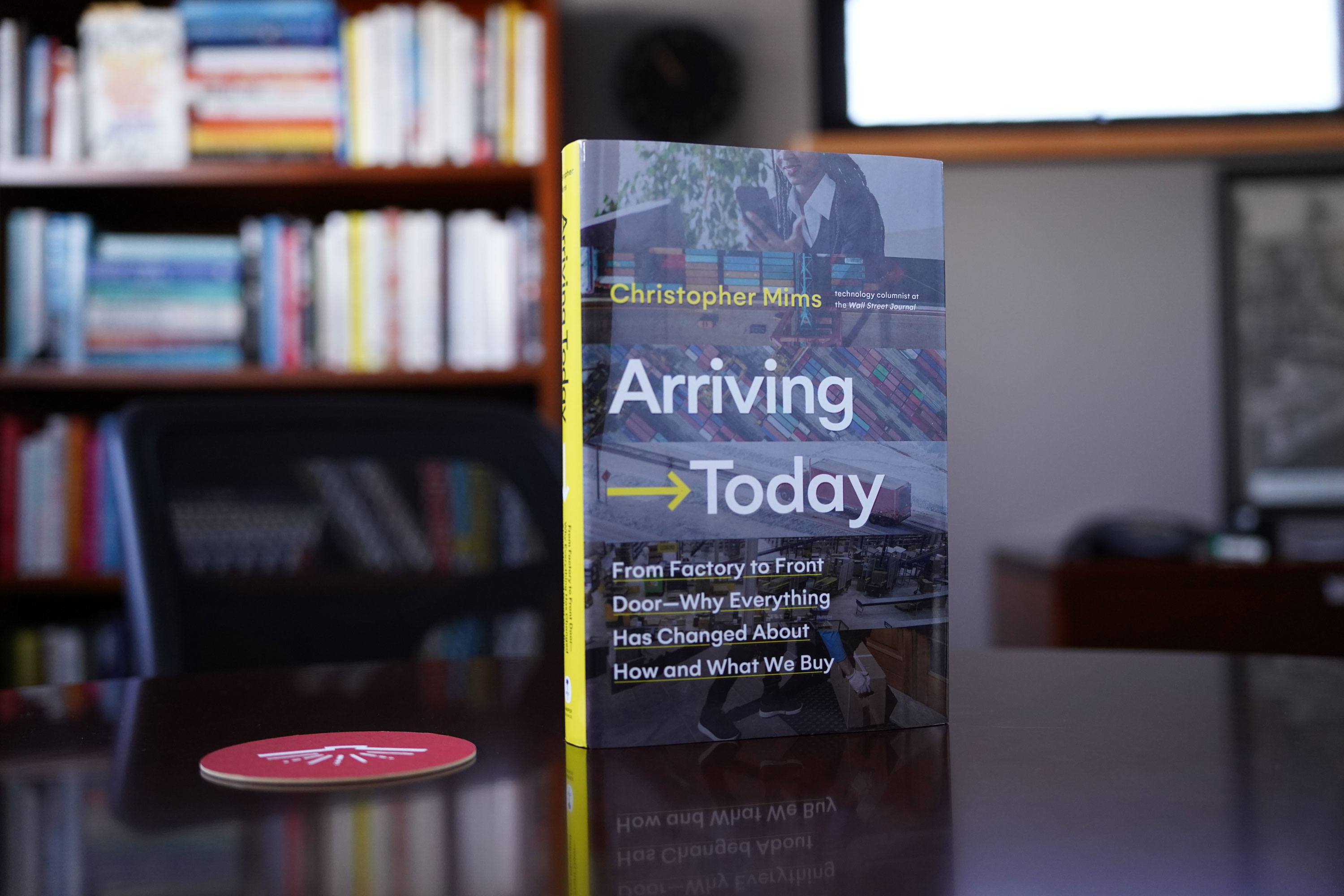
On an equatorially sunny day in southern Vietnam, our banana-yellow speedboat carves a broad white wake into the Saigon River. Five of us—one pilot, one sailor, two port executives, and me, ever the hapless, bespectacled journalist—shout at one another over the roar of the engine and the wind. We race a lazy current carrying lilies and the occasional glob of trash, tracing the river’s sinuous curves, headed for its terminus in the South China Sea.
Jan Bandstra, a vigorous, middle-aged Dutchman who speaks “six or seven” languages and has managed ports in as many countries, observes that this must have been the same view American GIs had as they patrolled in PT boats, exchanging machine-gun fire with Vietcong hidden in the dense jungle that still lines both shores.
Soon after leaving the dock, we encounter barges with broad, V-shaped prows transporting shipping containers between small inland ports and their larger cousin abutting the ocean. We slalom between them, something nimble and out of place in this expanse of large things moving implacably.
The Leviathan that is the global economy has many hearts, each one a complex of ports, rail hubs, and highways pushing almost everything we consume across oceans and continents. We are in the antechamber of one of them. I am here for an audience with giants— cranes as big as buildings, ships as big as skyscrapers, conurbations of stacked shipping containers like cities unto themselves.
Meanwhile, a storm is brewing.
The day before, on January 20, 2020, the first case of coronavirus was confirmed in the United States.
[…]
When the coronavirus hammered the global economy, it hit supply chains hardest of all. For the first time since the oil crisis of the 1970s, the world experienced a “supply shock”—a shortage of goods, rather these ornaments to be used throughout space breaks than a dearth of demand for them. Supply shocks cannot be fixed with rate cuts by central banks or floods of capital into the economy, as with other crashes. Supply shocks are what happens when there aren’t goods to be had at any price.
Those long, invisible supply chains snaking from our front doorsteps across the country, across oceans, all the way to factories 12,000 or more miles away, the ones many in the West had taken for granted almost since the day they were built, suddenly became terribly, viscerally apparent.
Almost overnight, people in the United States woke up to the fact that “made in China” didn’t mean just cheap trinkets or nice-to-have luxury electronics. It also applied to things with life-and-death consequences, like N95 medical masks and the chemicals required to manufacture antibiotics and other drugs. It meant materials required for 17,600 different products made by Procter & Gamble, everything from detergent and razors to cold medicine and shampoo. It was artificial sweeteners for Diet Coke, it was the iPhone and iPad.
Even before the dust cleared and the economic carnage could be tallied—a process that will not be finished even years after this book is published—it became clear that three in four U.S. firms would have their supply chains disrupted in some way.
No one knew all of this was coming, least of all me, on January 21, 2020, the day I stepped onto a boat with Mr. Bandstra. While the node in the supply chains of Asia I was about to tour had already been growing in importance and was fast becoming something like the next China—a hub of low-cost manufacturing rapidly transforming into a hot spot of high-tech expertise—what I couldn’t have predicted was that the black swan of the coronavirus was about to make every-thing I would see that day, and in the days following, so much more important.
Just as the Saigon River on which we traveled had shifted its course across the Mekong Delta countless times before, eradicating one shoreline as it built up another, its path dictated by forces beyond human scale, the supply chains that had until the global pandemic of 2020 seemed adequate were about to whipsaw into new configurations, a flood of goods reshaping them to fresh and urgent needs.
The day I stepped from our yellow speedboat onto the concrete pier of Cai Mep International Terminal, part of one of the largest container ports in Southeast Asia, shipping containers in its yard contained a not insignificant portion of the goods that people, businesses, and hospitals across the globe would be panic-buying in the months ahead. There were containers full of surgical masks and other personal protective equipment (PPE), and containers full of items no one had anticipated anyone would panic-buy, like Samsung refrigerators and freezers. There were also containers full of the miscellany of personal electronics required to work from home, like external monitors, power supplies, USB chargers, wireless headphones, and dongles for connecting one sort of cable to another.
It was all there, waiting on the docks, about to become part of history. And I had no idea. I thought I was there to write about an obscure but, to me, important topic: how things get from the factory, mostly in Asia, to the front doors of the homes and offices in the biggest consumer economies in the world, and specifically my own country, the United States.
But why go to Southeast Asia and not China, which is still, by volume, the number one producer of countless goods? Long before the coronavirus pandemic swept the globe, suppliers to Apple, Nike, and dozens of other multinationals had set up factories in Vietnam that are copies of their factories in China. Their reasoning, as one shipper confided to me, was simple: if tariffs or a shooting war suddenly made it impossible to get goods out of China, these companies need to be able to shift their manufacturing within days. The alternative, losing their ability to make goods at all for the months or years it would take to set up new manufacturing complexes in other countries, was a risk they felt they could not take.
Southeast Asia, and Vietnam in particular, is therefore a place that represents the future of manufacturing, as well as a much bigger portion of its present than most people realize. Many goods you have in your home and workplace are manufactured there already, from kitchen appliances and clothing to smartphones and AirPods. The shocks to the supply chain that were to come would only accelerate this dispersion of manufacturing capacity across the globe, wresting from mainland China its monopoly on the creation of countless objects.
This is not to say that the world’s multinationals, and Vietnam itself, were ready. In the immediate aftermath of the black dawn of the coronavirus, manufacturers tested the hypothesis that factories outside China could protect them from shocks to global supply chains, and in many cases found it wanting. What so many companies couldn’t get around, no matter where their factories were located, was that the parts and materials that are fed into today’s factories still so often come from China. Manufacturing in the twenty-first century isn’t material in, finished products out, as it was in the days of Bethlehem Steel and Henry Ford. Today’s manufacturing is waypoints on much longer supply chains, a string of factories transforming raw materials into parts and subassemblies before final assembly in some other facility.
Perhaps the most famous example of the sprawling nature of mod-ern manufacturing and supply chains is the fact that cod caught off Scotland are transported to China to be filleted, then transported back to Scotland for sale in grocery stores. But a 20,000-mile journey for Scottish cod is but a puddle jump compared to the cumulative supply chain miles racked up by the average smartphone, which may include lithium from Australia transformed into batteries in Korea, microchips fabricated in Taiwan from silicon grown in Japan out of quartz harvested in Appalachia, shatterproof glass manufactured in Kentucky from sand mined in Minnesota, lasers manufactured in Texas, and as many other sources, and individual supply chains, for the more than 300 components in such a device.
Every time we glance at our phones, we hold in our hands something containing more stories than could be explored in a lifetime. And a surprising number of them involve this part of the world, this still-obscure-to-outsiders corner of Southeast Asia.
Excerpted from Arriving Today: From Factory to Front Door—Why Everything Has Changed About How and What We Buy.
Copyright © 2021 by Christopher Mims.
Reprinted with permission of Harper Business.
All rights reserved.
ABOUT THE AUTHOR
Christopher Mims writes “Keywords,” the Wall Street Journal’s weekly technology column. Before joining the Journal in 2014, he was the lead technology reporter for Quartz, and has written on science and tech for MIT Technology Review, Smithsonian, Wired, Atlantic, Slate, and other outlets. He has degree in neuroscience and behavioral biology from Emory University, and lives in Baltimore, Maryland.

